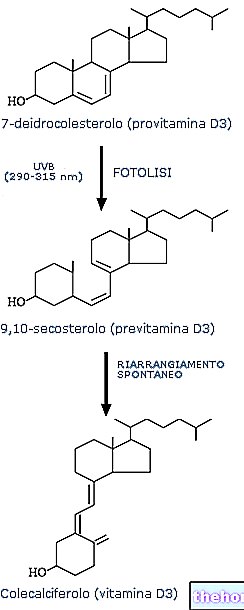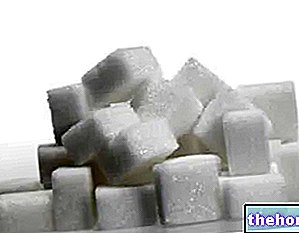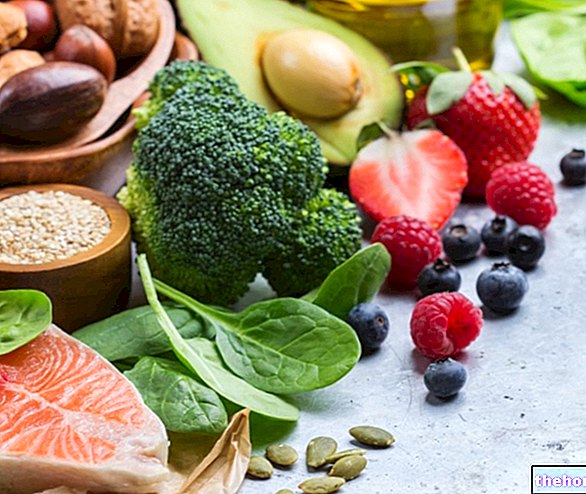What it is and where it is
Cellulose is an organic compound that is very widespread in nature, because it is a supporting texture of plant tissues. Therefore it also abounds in cereals, fruit and in particular in bran and some vegetables (radicchio and lettuce); the human organism, however, is unable to digest it, as it lacks enzymes capable of breaking it down into simpler and more assimilable substances. Consequently, cellulose is devoid of calories and is expelled with the faeces, to which it gives volume and consistency; due to these characteristics, it is considered an insoluble dietary fiber.

Characteristics and Properties
Cellulose has strong hygroscopic properties (it absorbs environmental humidity, increasing its weight up to 10 times); the ability to incorporate significant quantities of water means that after ingestion, having reached the gastrointestinal tract, it swells, increasing the volume and weight of stool, but also satiety and peristaltic movements.
The mildly laxative effect makes it useful in the presence of constipation, while it is contraindicated in all conditions of increased intestinal motility (diarrhea, irritable bowel).
Arrived almost unchanged up to the colon, the cellulose is partially fermented by the local microbial flora, with the release of fatty acids with a laxative effect. The same fatty acids promote the health of the intestinal mucosa and, by virtue of their acidity, create environmental conditions favorable to the growth of good bacteria, but hostile to pathogens.
What differentiates it from "Starch
Starch and cellulose, while sharing the plant origin and being both made up of glucose, are quite different polysaccharides, both in structural and functional terms: starch is the energy reserve of the plant, while cellulose represents the basis of its structure (roots , stems and leaves).
From the chemical point of view, however, this difference is very subtle and simply due to the way in which the various glucose units are joined together. Cellulose, in fact, is a polysaccharide, just like starch. It is distinguished by being formed by a linear (rather than branched) chain of various B-glucose monomers (α-glucose in starch), linked together through a B bond 1.4. It is precisely these bonds that are inseparable for human digestive enzymes (which manage to break up the α-glycosidic ones of starch). On the contrary, in the rumen of some animals and in the digestive system of insects that feed on wood, there are microbes (Ruminococci And Bacteroides succinogenes) equipped with particular enzymes (cellulase and cellobiasis), capable of transforming cellulose into sugar.
Excluding the two terminal units, the cellulose has the crude formula (C6H10O5) n. Depending on the source and plant species, the glucose units for each macromolecule vary from 300 to 10,000; the greater this degree of polymerization, the higher its commercial value.
Hemicellulose
Hemicellulose is an organic polymer very similar to cellulose, from which it differs for its low degree of polymerization (<m) and for being also made up of other monosaccharides (xylose, mannose, arabinose).
Uses
The most valuable cellulose is obtained from cotton (it contains it in a percentage of 90-95%), but it is also obtained from wood (it contains 40-50%) and from straw.
Cellulose is widely used not only in the dietetic sector (useful in slimming programs and as a laxative), but also in the pharmaceutical sector (production of gauze and coatings capable of modulating the release of active ingredients from the tablet), cosmetics (for the preparation of gels , stabilizers, films, toothpastes), warfare (manufacture of explosives), textiles (rayon, lyocel) and many others (famous is the use of cellulose for the production of paper).




























